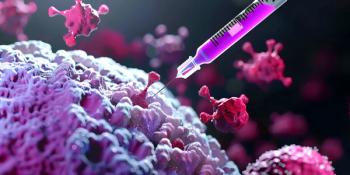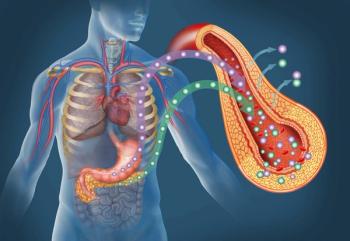
CDC: Many New HIV Transmissions the Result of Those Unaware of Their Status
According to the report, approximately 80% of new HIV transmissions are from people who do not know they have HIV infection or are not receiving regular care.
Using a model to estimate transmission rates in 2016 along the HIV continuum of care, including sexual and needle-sharing behavior, Centers for Disease Control and Prevention researchers have concluded that most new HIV transmissions arise from people with HIV infection who have not received a diagnosis or who have a diagnosed infection that is not controlled.
In a press briefing about the findings, Jonathan Mermin, MD, director of CDC’s National Center for HIV/AIDS, Viral Hepatitis, STD, and TB Prevention noted that the research demonstrated a clear need to increase the proportion of people who are aware of their HIV infection, increase the number of people with diagnosed HIV infection to get into and stay in care, and to encourage people with HIV to take their medication.
"About 20% of new infections came from people with HIV who were receiving care, but who were not virally suppressed, primarily because they are not prescribed treatment or face challenges to adhering to HIV treatment," he said.
Published on the first day of CDC’s 2019 National HIV Prevention Conference and concurrently in the CDC newsletter Vital Signs, the report was based on a mathematical model that estimated the 2016 United States transmission rates by step along the HIV care continuum, population risk groups, and age group. Model inputs on HIV prevalence, incidence, receipt of care, and viral suppression came from the National HIV Surveillance System data, and inputs on HIV risk behaviors came from National HIV Behavioral Surveillance data.1
Overall, the HIV transmission rate was 3.5 per 100 person-years in 2016. Along the HIV continuum of care, the percentage of all transmissions generated by each group were 4.0% among peopl who were acute infected and unaware of their infection, 33.6% from people who were non-acutely infected with HIV and unaware, 42.6% among people who were aware of HIV infection but not in care, 19.8% among people who were receiving HIV care but not virally suppressed, and 0% from people who were taking antiretrovirals and virally suppressed, respectively.1
According to the report, overall approximately 80% of new HIV transmissions were from people who do not know they have HIV infection or are not receiving regular care. Going forward, increasing the percentage of persons with HIV infections who have achieved viral suppression and do not transmit HIV will be critical for ending the HIV epidemic in the United States.
References
- Vital Signs: HIV Transmission Along the Continuum of Care — United States, 2016. Centers for Disease Control and Prevention website. Published March 18, 2019. https://www.cdc.gov/mmwr/volumes/68/wr/mm6811ehtm?s_cid=mm6811e1_w. Accessed March 19, 2019.
Newsletter
Stay informed on drug updates, treatment guidelines, and pharmacy practice trends—subscribe to Pharmacy Times for weekly clinical insights.














































































































































































































